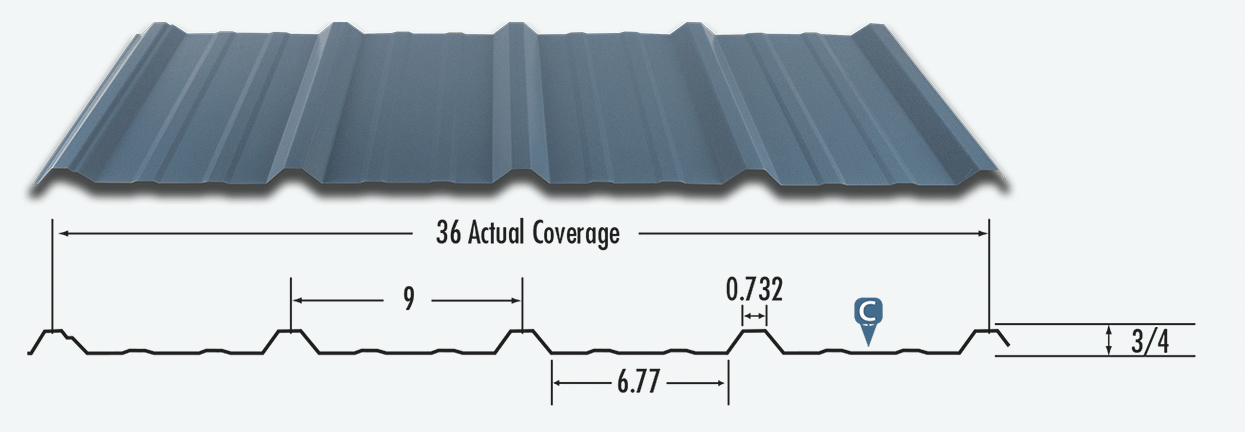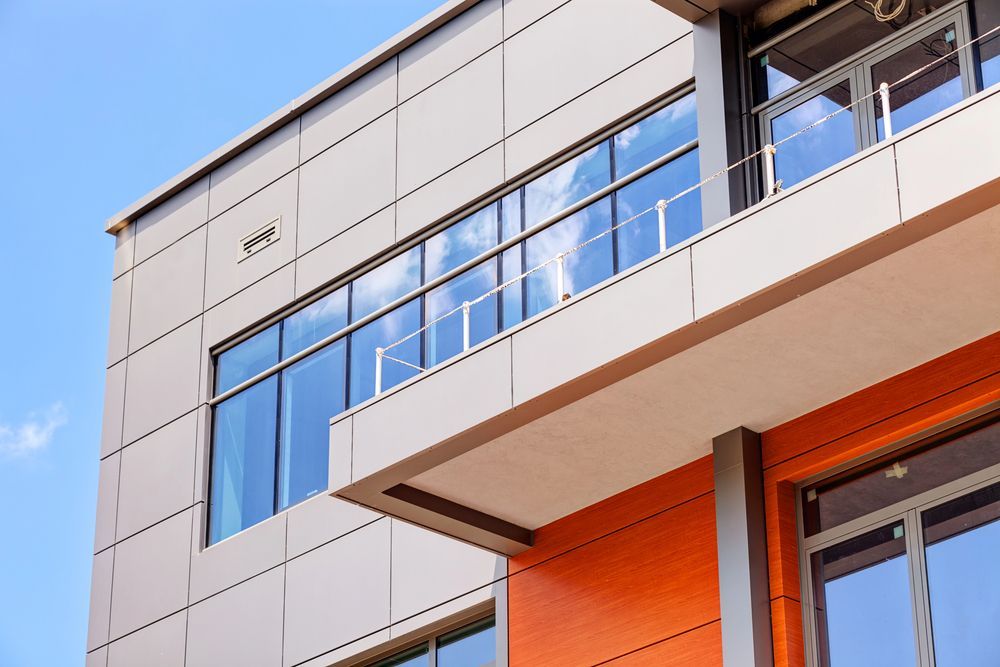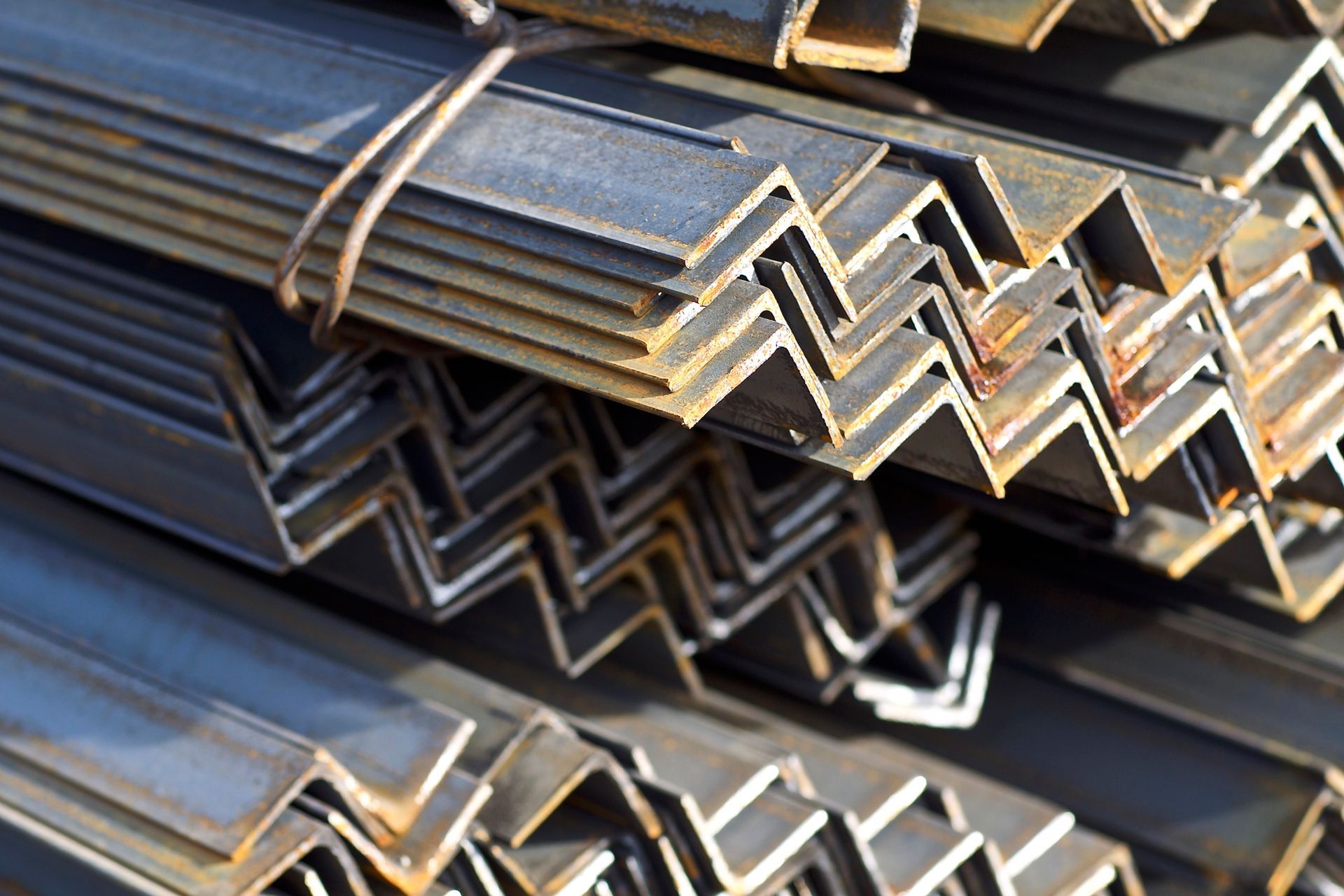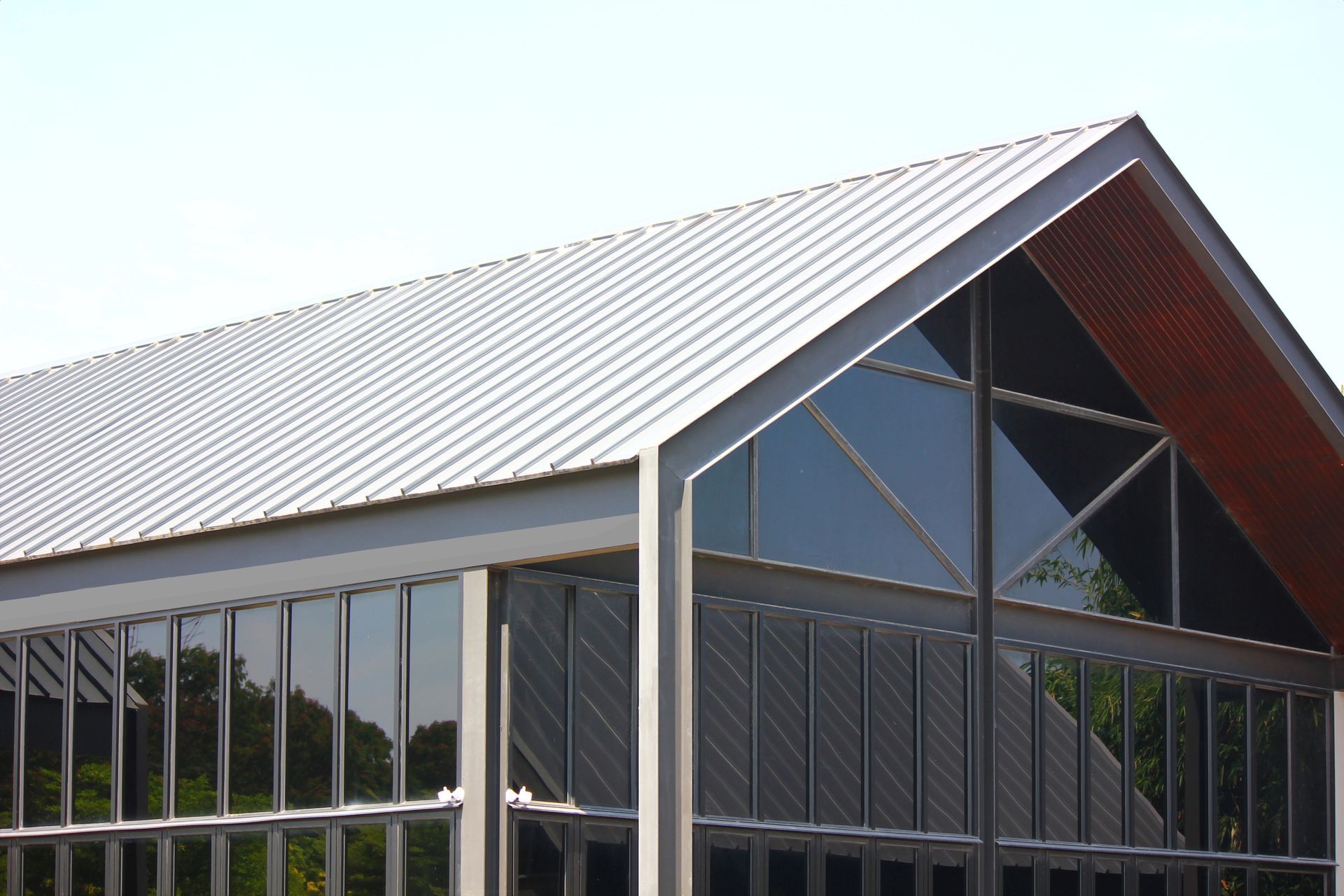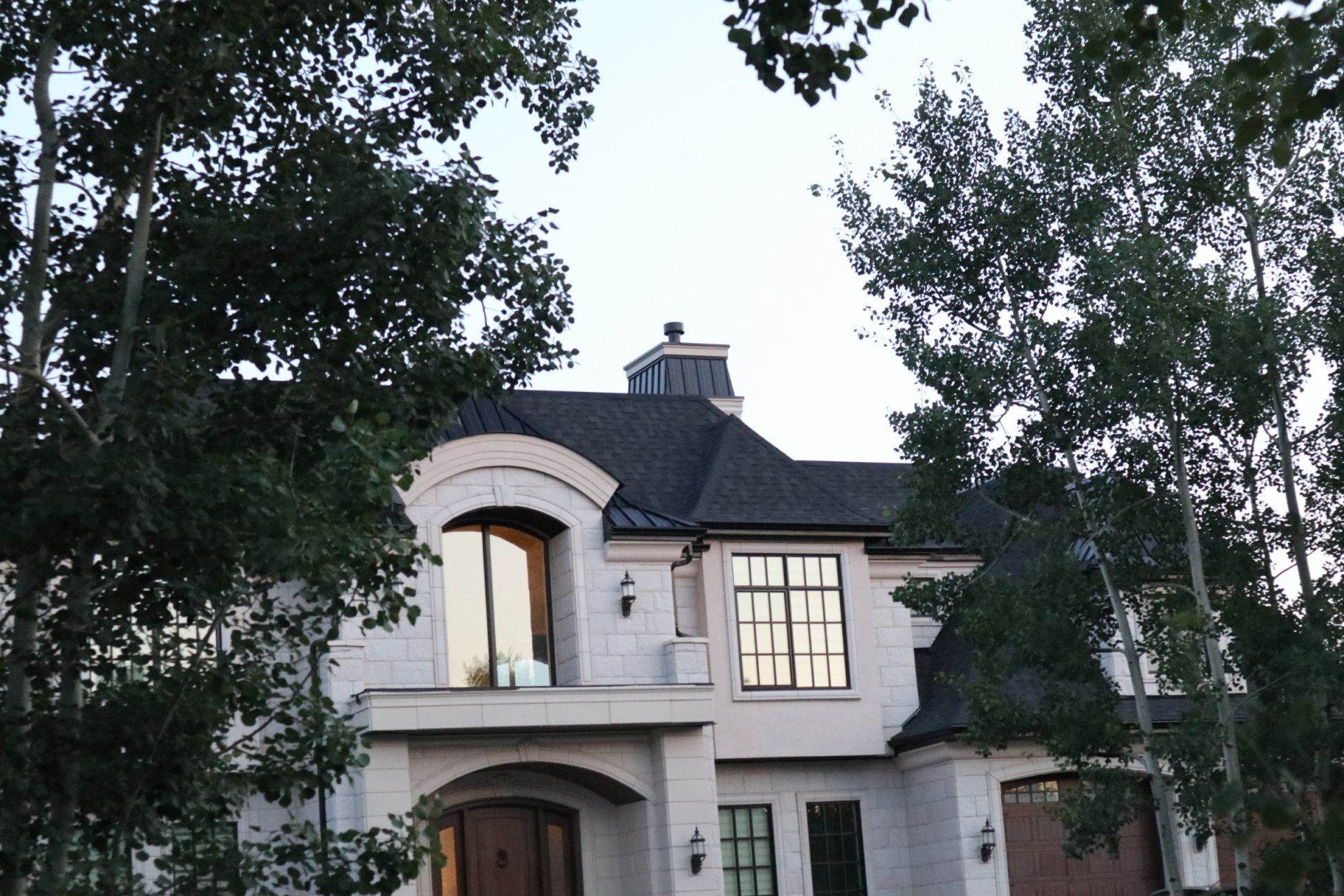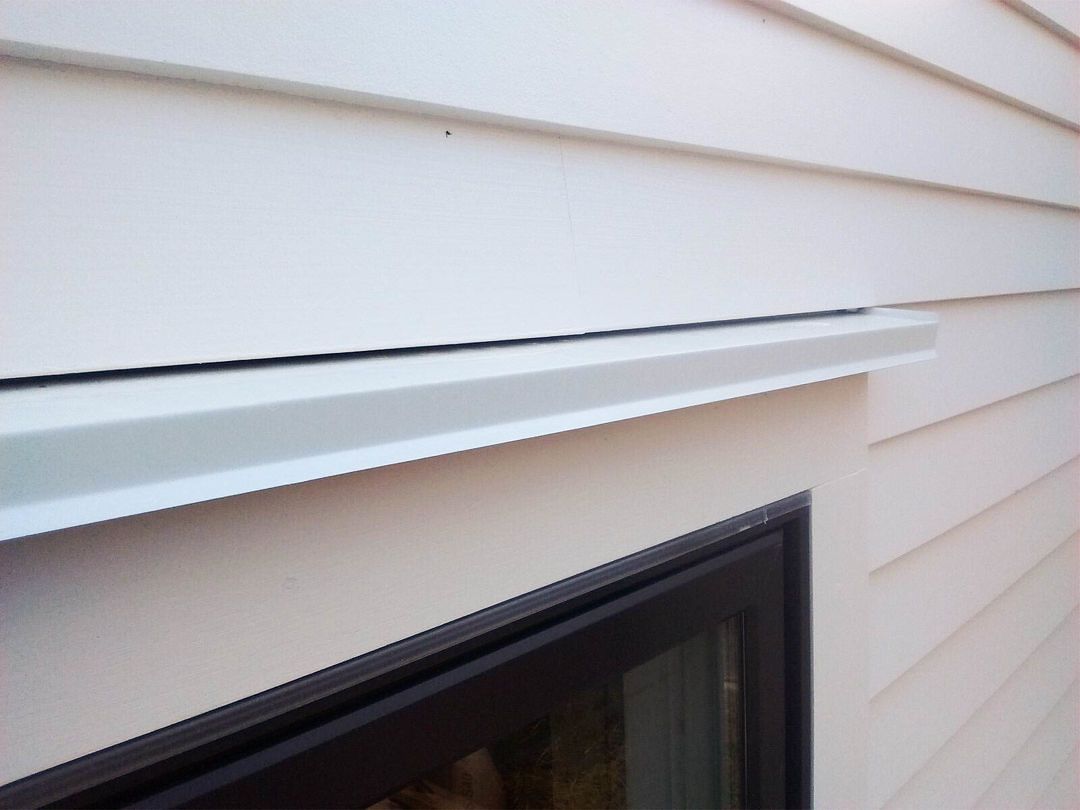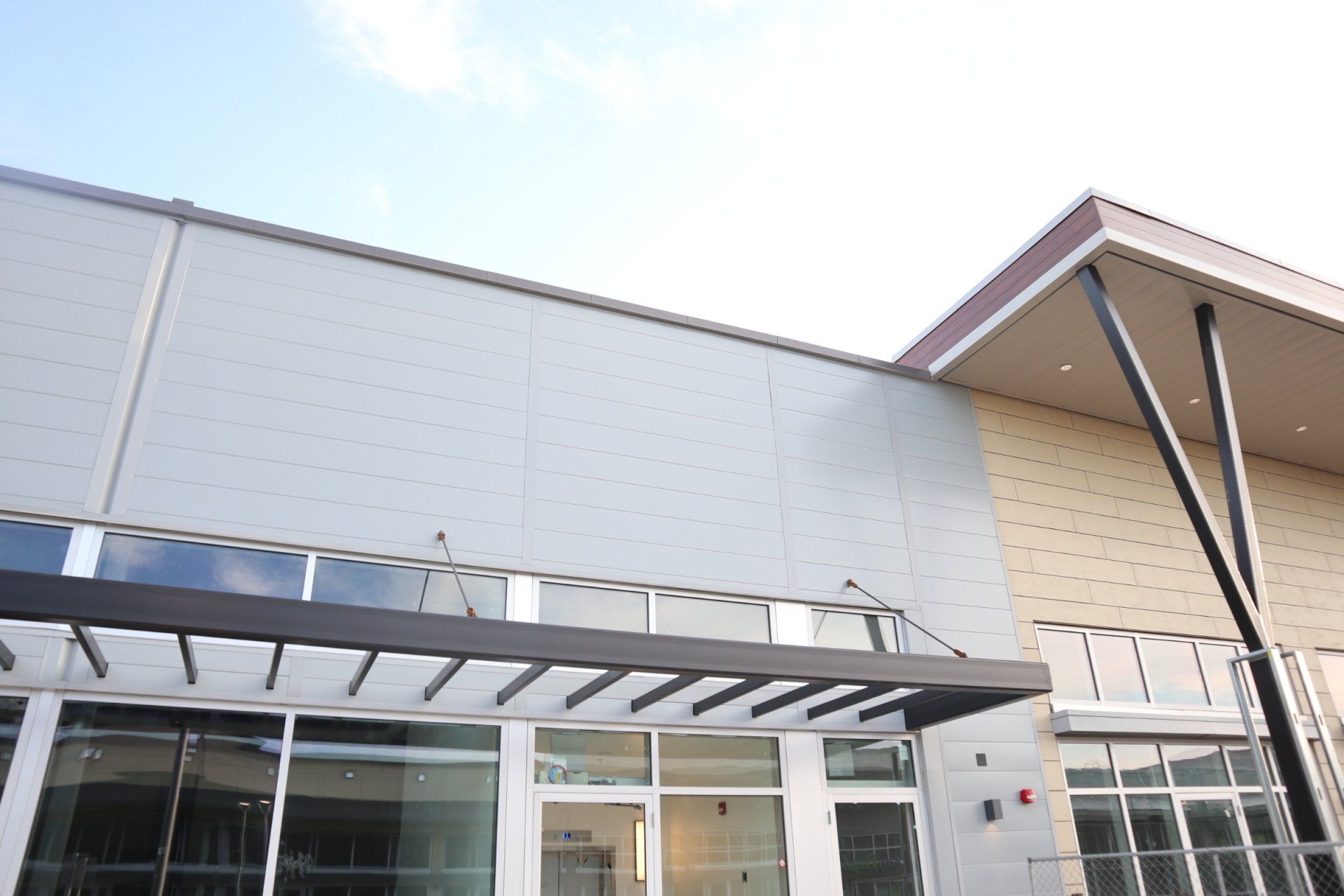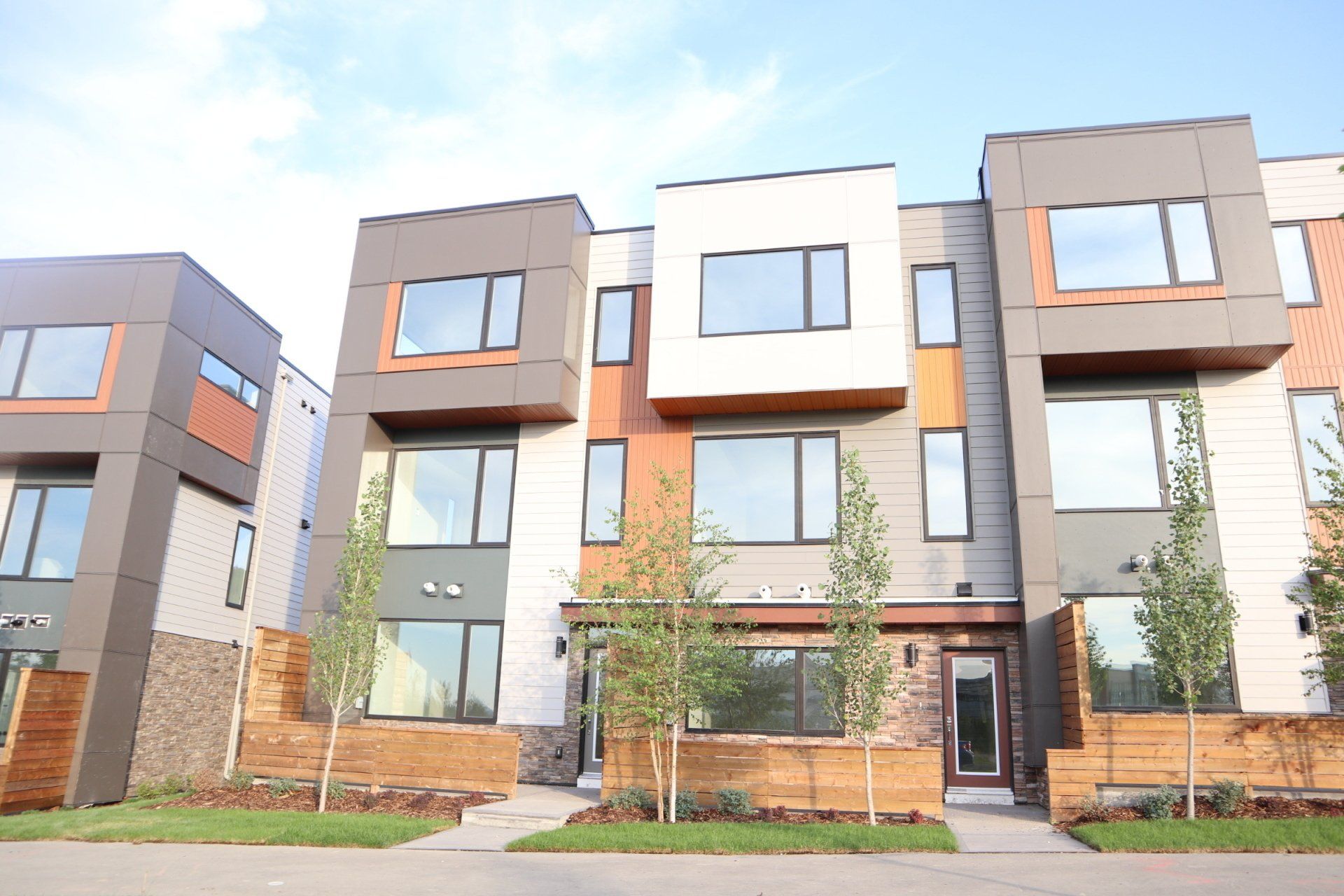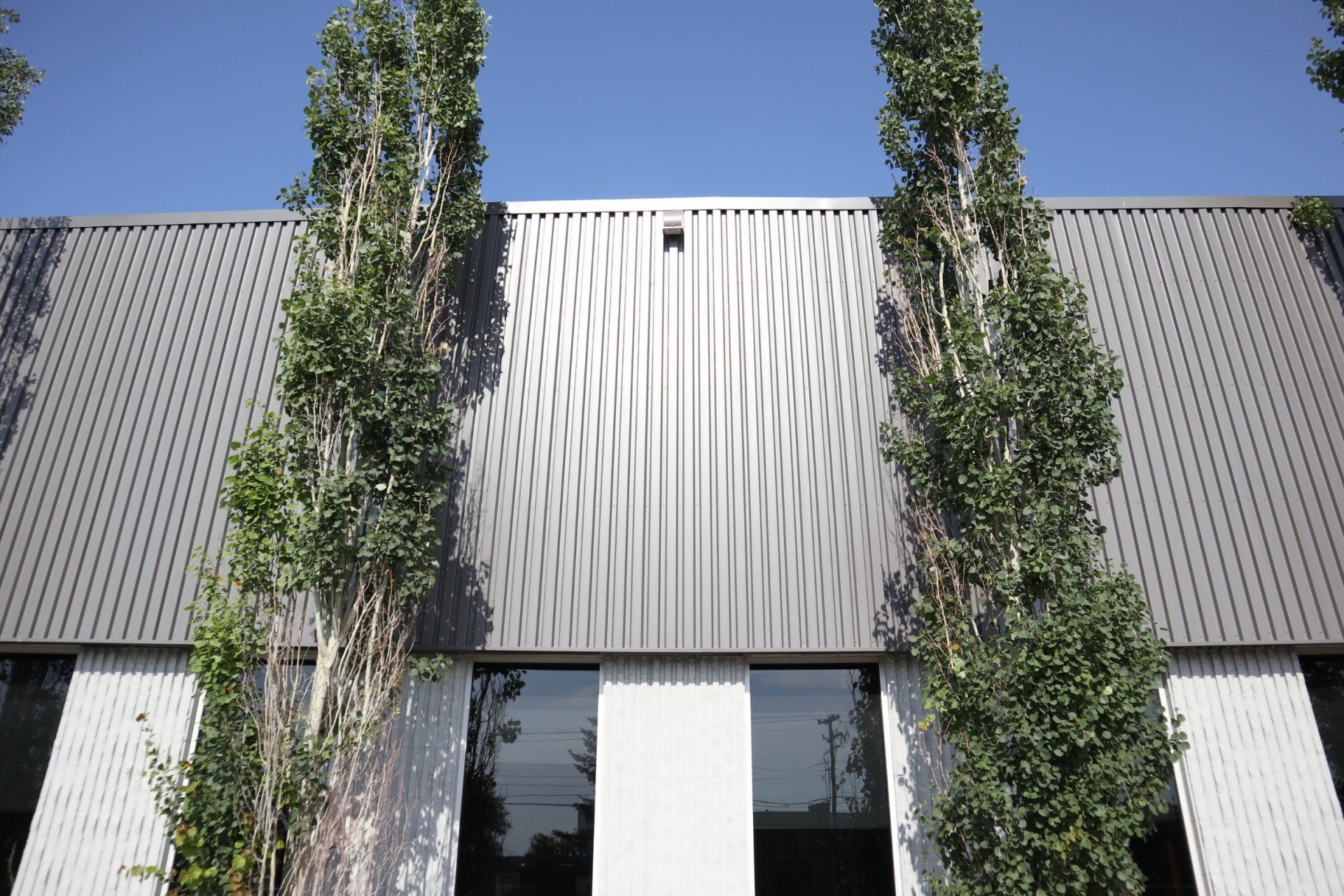Prolok vs. Traditional Corrugated Roofing: A Comparative Analysis
Your roof is the first thing people see, so it should look like you meant it. Corrugated panels have had their moment, somewhere between grain silos and garage roofs.
But if you're aiming for clean lines, low maintenance, and a system that performs as good as it looks, it's time to consider Prolok. These metal panels feature a modern profile, hidden fasteners, zero fuss, and all-around functional performance.
We stacked them up against traditional corrugated, and the results? Not even close.
Keep scrolling — this roof speaks for itself.
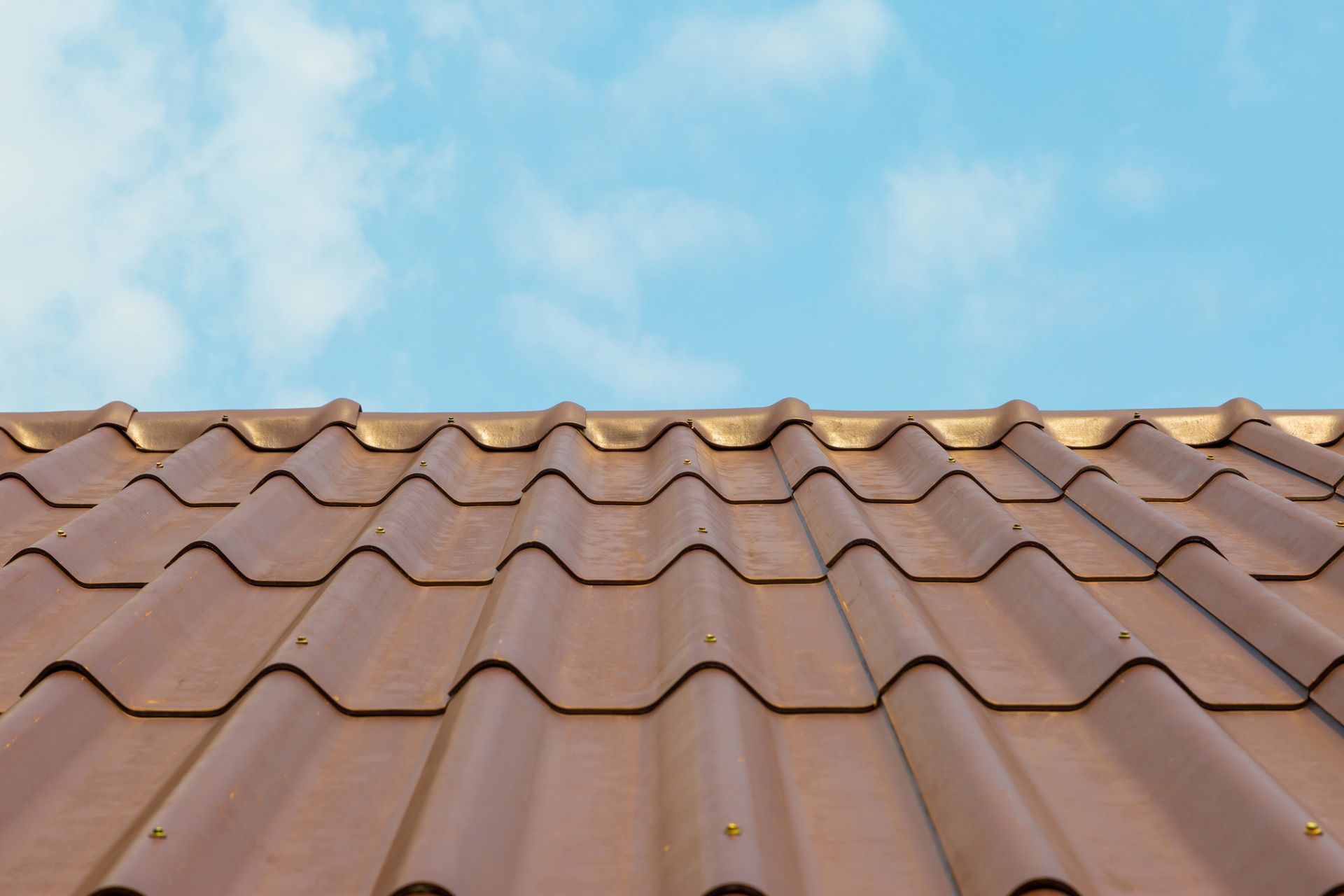
Profile and Aesthetics
A roof protects its interior, but it also defines the exterior appearance of a building.
Prolok Metal Panels
Prolok is a concealed fastener panel system available in 12" and 16" widths, featuring clean vertical lines and bold shadow effects that create a sleek, modern profile. It’s a popular go-to for architectural builds and upscale designs.
Its smooth finish plays well with any colour palette — subtle or bold — making it easy to turn heads without trying too hard.
Traditional Corrugated Roofing
Corrugated metal shows exposed fasteners and wave-like ridges, offering a more utilitarian or rustic appearance. It’s functional and familiar, making it well-suited for barns, sheds, or rural homes, but lacks the refined, linear look of Prolok.
Colour and finish options are available, although the wavy profile may limit some design flexibility.
Durability and Weather Resistance
Both panel types are available with galvanized or Galvalume coatings, offering excellent protection against rust and corrosion. But each of their form and fastening systems affect their resilience.
- Prolok: With concealed fasteners and interlocking seams, Prolok offers enhanced protection against water infiltration, particularly on low-slope roofs. The system sheds snow and rain cleanly, reducing the risk of leaks. Its stronger seam design also offers better resistance to uplift in high-wind areas.
- Corrugated: These panels use exposed screws, which can become a weak point if not installed or maintained correctly. They offer solid protection in moderate conditions, but may be more prone to leaks if fasteners loosen or washers degrade.
Installation and Maintenance
How you install and maintain your roof is what keeps it performing for years.
- Prolok: Line up the first panel at the gable, lock down the hidden nailing flange, then snap the next panel right in. The concealed fasteners mean less fuss later on, while the smooth surface lets snow and debris slide off like it’s no big deal.
- Corrugated: Quick to slap on and easy enough for DIYers, corrugated roofing is a go-to for barns and sheds. But those ridges are leaf traps waiting to happen. Plus, the exposed screws require regular inspections to ensure they remain tight and leak-free.
Cost and Return on Investment
Both panels bring something to the table, but in very different ways:
Corrugated roofing wins on budget, thanks to its use of cheaper materials and quicker installation. It’s perfect when you need to keep costs down and looks aren’t your top priority.
Prolok asks for a bigger upfront investment because of its hidden fasteners and more precise installation. But with less upkeep, tougher weather resistance, and a sharper look, it pays off in the long run, turning that initial spend into serious value down the road.
Ideal Applications
Different projects demand different roofing solutions:
- Prolok: Best for modern commercial exteriors, high-end residential builds, and projects where architectural detail and clean lines are a priority.
- Corrugated: Ideal for barns, sheds, rural homes, and budget-sensitive warehouses where function is more important than finish.
From Corrugated to Prolok — Phoenix Metals Has You Covered
Trying to determine which metal panel best suits your project?
Prolok and traditional corrugated both have their perks; the key is matching the right panel to your goals.
Need some guidance? Contact Phoenix Metals for expert advice and product support today.
